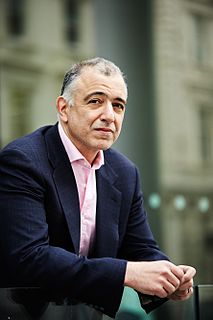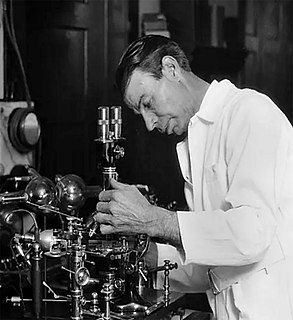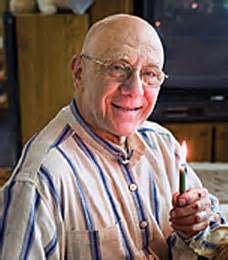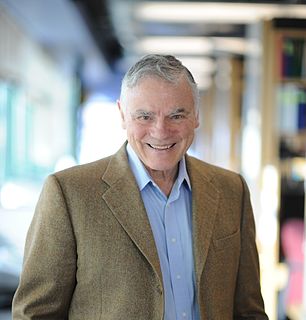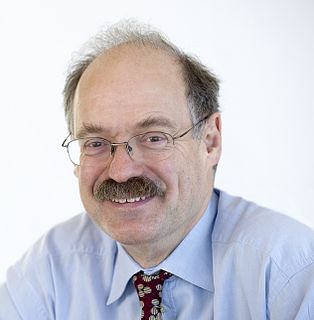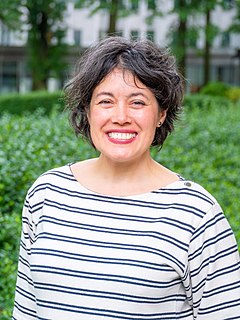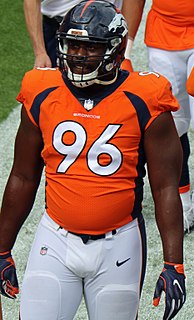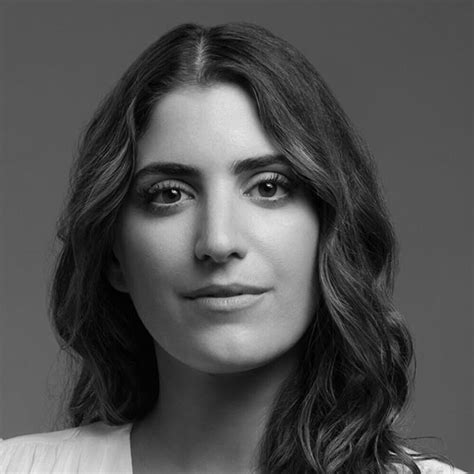A Quote by Chris Toumazou
For me, the ability to use semiconductor sequencing to provide a medical diagnosis in just a few hours that once took days is a crucial step in saving the lives of patients. This is particularly significant for the treatment of sepsis, where every minute matters.
Related Quotes
For just a few dollars a dose, vaccines save lives and help reduce poverty. Unlike medical treatment, they provide a lifetime of protection from deadly and debilitating disease. They are safe and effective. They cut healthcare and treatment costs, reduce the number of hospital visits, and ensure healthier children, families and communities.
For just a few dollars a dose, vaccines save lives and help reduce poverty. Unlike medical treatment, they provide a lifetime of protection from deadly and debilitating disease. They are safe and effective. They cut healthcare and treatment costs, reduce the number of hospital visits and ensure healthier children, families and communities.
In 1975, the respected British medical journal Lancet reported on a study which compared the effect on cancer patients of (1) a single chemotherapy, (2) multiple chemotherapy, and (3) no treatment at all. No treatment 'proved a significantly better policy for patients' survival and for quality of remaining life.'
An important finding is that by determining the genome sequences of an entire family, one can identify many DNA sequencing errors and thus greatly increase the accuracy of the data. This will ultimately help us understand the role of genetic variations in the diagnosis, treatment, and prevention of disease.
Make time less precious. We are way too efficient, making use of every hour, every minute. When you were a kid, didn’t you just spend hours poking sticks in the mud, climbing trees and sitting in them, looking at shells and seaweed that washed up on the shoreline? Time was not precious then, we weren’t trying to stuff an accomplishment into every minute every day, we had time for thoughts and feelings. That was good!
